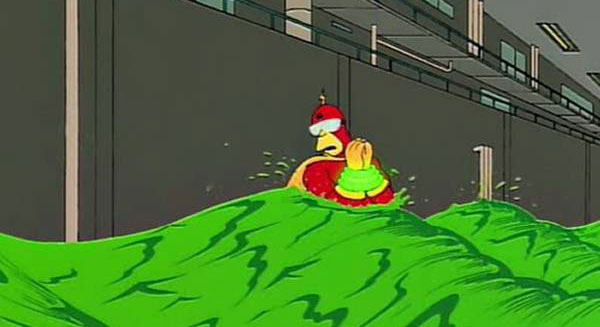
Half-Life 2

A Steam news note announces the arrival of an updated version of Valve's software development kit, which grants "support for Mac OS X and Linux to mod developers" and adds "the ability for virtual reality support in your mod." Yes, expect to see a wealth of Oculus Rift mods heading to a Source game near you. Ricochet with Oculus Rift support! The dream lives.
There have been other alterations, too. The source code is now up on github and a tweak to the license agreement allows users to share modified versions of the kit for free. If you're interested in making mods, the Valve Developer Community wiki is a good place to learn.
VR is the talk of the town at the moment, with the Rift's impressive showings at Eve Fanfest and E3. You can keep up with the latest VR news here.












